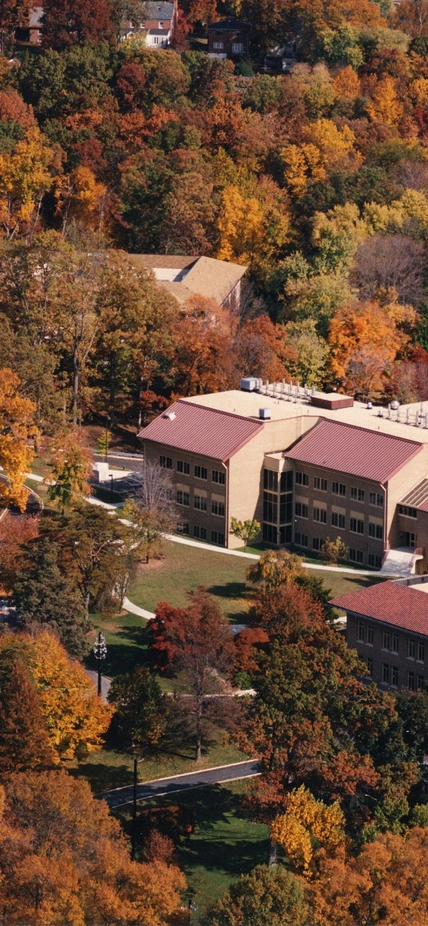Throughout 2021, we showcased stories from the six main research areas we explore at the Carnegie Earth and Planets Laboratory campus—from astrophysics to extreme materials—as a part of our “Closer Look” campaign. Each month we highlighted the big questions in the spotlighted research area, explored Carnegie history, updated you on projects, and introduced you to some of the scientists and staff who drive our work forward.
Below, we have collected all of the top questions that the scientists at the Earth and Planets Laboratory explored during this campaign. While these are certainly some of the main questions we address here on the EPL campus, in many ways they are just the tip of the iceberg. Beneath each question lies Carnegie’s deep history of scientific discovery and seemingly infinite paths of inquiry to explore in the future.
We encourage you to find a question below that interests you and start clicking!
Astronomy and Astrophysics
-
How do planetary systems form?
-
How many and what kinds of exoplanets are there?
-
Why are there so many types of planetary systems?
-
How do gas giant planets form?
-
What makes a planet habitable?
-
What lies at the fringes of our Solar System?
Cosmochemistry and Geochemistry
-
How did the conditions in the early Solar System determine the composition of planets?
-
Where did Earth's water come from?
-
What is the origin of organic molecules in space and were they the building blocks of life on Earth?
-
How does plate tectonics control the deep Earth recycling of carbon, water, and other essential elements?
-
How did the first continents form and then evolve to their present age structure?
Petrology, Mineralogy, and Mineral Physics

-
How do life and surface rocks co-evolve through deep time?
-
How does a planet initially obtain, retain or lose its volatile elements like water and carbon dioxide?
-
What phases hold and transport volatile elements in deep Earth cycling?
-
How do volatile elements dissolve in silicate melts?
-
How do we relate seismology to interior composition?
-
How is heat transported in the deep mantle?
Geophysics and Geodynamics
-
What drives the geodynamo?
-
How important is plate tectonics for the long-term chemical and physical evolution of the Earth?
-
How do volcanoes work?
-
What drives Earth's deepest quakes?
-
How do we translate seismic velocity into geologic terms?
Astrobiology and Geobiology
-
Is there life elsewhere in our Solar System?
-
How did Earth give rise to life? (And how does life impact Earth’s evolution?)
-
Where did Earth’s carbon come from?
-
How can we detect life on exoplanets?
-
What are the limits to life on our planet and elsewhere?
Extreme Materials
-
What is the fundamental behavior of materials under extreme conditions?
-
How do extreme materials affect planetary processes?
-
How can we improve technological materials using extreme conditions?
Over the past year, we set out to show how broad and far-reaching the work of the Earth and Planets Laboratory is, but what we ended up discovering is just how collaborative our work is. Research from one area of study flows into or supports the research of another. Many questions like, “How do we find life on an exoplanet?” or “What causes Earth’s deepest earthquakes?” require scientists from a wide variety of disciplines to put their heads together. This type of work is only made possible by the Carnegie Institution for Science’s investment in building a research environment designed to cultivate free thought, open discussion, and scientific innovation.
As we look to the future, we can’t wait to see how we answer these questions—and what new questions are out there waiting for us to explore them.
